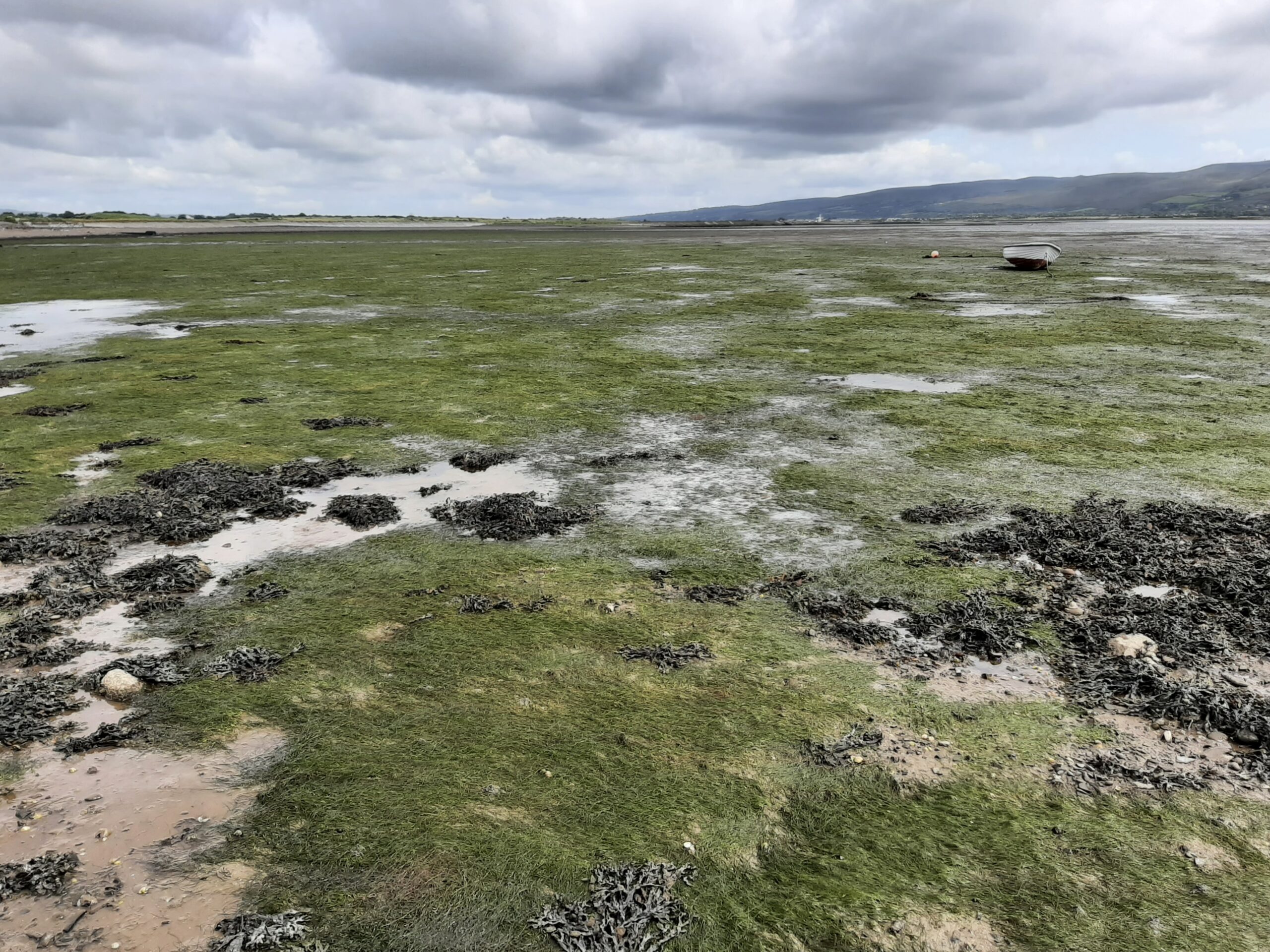Tralee Bay (Co. Kerry)
Tralee Bay Nature Reserve is recognized as a Wetland of International Importance under Article 2.5 of the Ramsar Convention. Transplants of both Z. marina and Z. noltii have been carried out here. The area faces threats from eutrophication, sea-level rise, and coastal erosion. Additional pressures include unsustainable harvesting of seagrass flowers by local hatcheries, scallop trawling, and trampling of seagrass beds.
Context.
The CLIMAREST project investigates the potential of restoration activities in various coastal regions spanning the Arctic-Atlantic area. This initiative promotes a unique collaboration across five demonstration sites, ranging from Svalbard to the Madeira Archipelago and southern Spain, with replication sites in the Mediterranean Sea.
Adopting a holistic and transdisciplinary bottom-up approach, CLIMAREST aims to develop a comprehensive framework of cross-cultural and cross-methodological strategies. These efforts focus on creating technological, logistical, social, and economic innovations to advance marine ecosystem restoration.
Vision.
The seagrass restoration component is led by the University of Galway in Ireland. Together, partners from Ireland and Spain work toward the following objectives:
- Assess and implement seagrass restoration tools at the designated demonstration sites.
- Develop protocols and methodologies to optimize seagrass restoration techniques.
- Monitor seagrass ecosystems using innovative and cost-effective technologies.
- Assess seagrass connectivity through molecular tools to prevent genetic contamination arising from restoration activities.
- Evaluate the ecophysiological status of seagrass meadows in Ireland, with particular attention to the anthropogenic pressures on estuarine areas.
- Promote stakeholder engagement and encourage citizen science initiatives to enhance public understanding of seagrass ecosystems.

To assess the suitability of receiving locations and to identify the best methodology for larger ecological restoration efforts with Z. marina and Z noltii small-scale experiments were developed in the three areas and large-scale restoration efforts are being planned.
